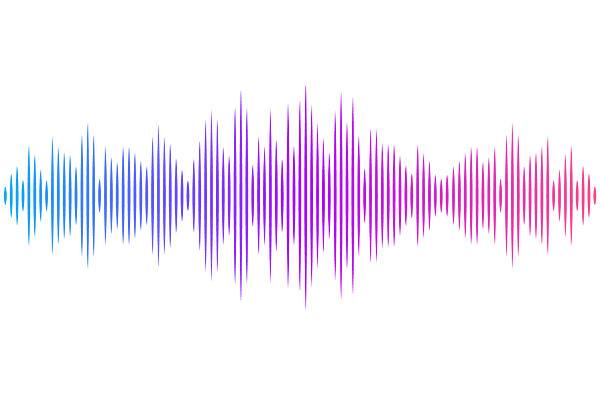The present-day cosmic phosphorus abundance

The present-day cosmic phosphorus abundance
P. Aschenbrenner, K. Butler, N. Przybilla
AbstractThe present-day phosphorus abundance in the solar neighbourhood is determined from a sample of OB-type stars. This is in order to constrain the endpoint of the galactochemical evolution of phosphorus in the course of stellar nucleosynthesis over cosmic time and to provide an abundance baseline for the study of the depletion of phosphorus onto dust grains in the interstellar medium. A model atom for P II/III/IV based on a comprehensive new set of ab initio data for line transitions, photoionisations and electron-impact excitation was developed. Non-local thermodynamic equilibrium (non-LTE) line formation calculations with the codes DETAIL and SURFACE were conducted, based on LTE line-blanketed hydrostatic model atmospheres computed with the ATLAS12 code. High-resolution optical spectra for a sample of 42 apparently slowly rotating main-sequence OB-type stars and B-type supergiants in the solar vicinity within ~500 pc and beyond, out to a distance of ~2 kpc, were analysed. The non-LTE effects on the formation of the P II/III/IV lines are discussed. Non-LTE effects on the stellar abundances range from zero to ~0.3 dex. Where available in the spectra, ionisation balance between two phosphorus ionic species is achieved. Accurate and precise abundances are provided for the sample stars, statistical and systematic 1 sigma uncertainties are typically each well below 0.1 dex. The present-day cosmic phosphorus abundance in the solar neighbourhood is constrained to log(P/H)+12 = 5.36 +- 0.14, which is compatible with the solar photospheric abundance, but lower than derived by LTE analyses of neutral phosphorus lines in solar-type stars. The amount of phosphorus depleted onto dust grains is ~0.25 dex.